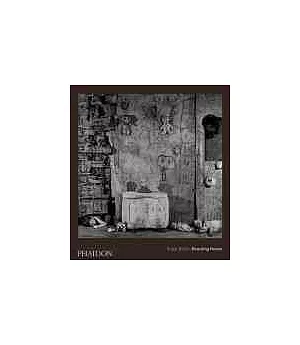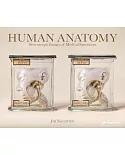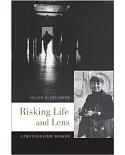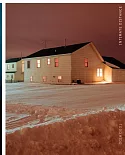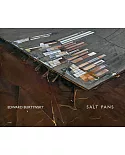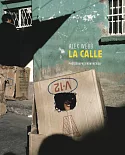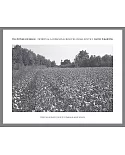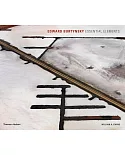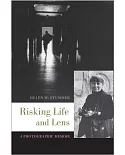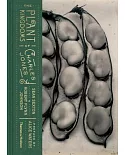Roger Ballen's photographs are like images from a waking dream: compelling and thought-provoking, with layers of rich details, flashes of dark humor, and an altered sense of place. Blurring the
boundaries between documentary photography and autonomic art, his work is both a powerful social statement and a complex psychological study.
Accompanying the exhibition at Johnen Galerie Berlin Phaidon Press publishes Boarding House by Roger Ballen, a new collection of photographs by the South African photographer. Showcasing over
70 black and white images, mostly unpublished, this is Ballen's most formally sophisticated work to date. An introductory essay by photography curator David Travis is looking at these images in
the wider context of Ballen's career.
Boarding House is a space of transient residence, of comings and goings, of people sheltered in a place they are using for their immediate survival. Basic and fundamental, the structure is
furnished with objects necessary for an elementary existence, decorated with evocative drawings, and littered throughout with animals. Remnants function there as physical symbols of events that
have occurred in the space; broken pieces of a functional reality exist as the leftovers of scenarios that have been played out there. The altered sense of place of this temporary abode creates
a sense of alienation, which acts as a jumping off point for the imagination to run wild. The tableaux have a greater emphasis on drawn and sculptural elements, and the sense of collaboration
between the artist and his subjects is increasingly relevant. Similar to his critically acclaimed work Outland and Shadow Chamber, the Boarding House is a journey of discovery in which we leave
our ordinary selves behind and confront a primitive part of the human condition and its psyche. Whether the place is real or imaginary is both indecipherable and irrelevant. It is a place where
Ballen's subconscious and the viewer's inhibitions can occupy its own universe.

